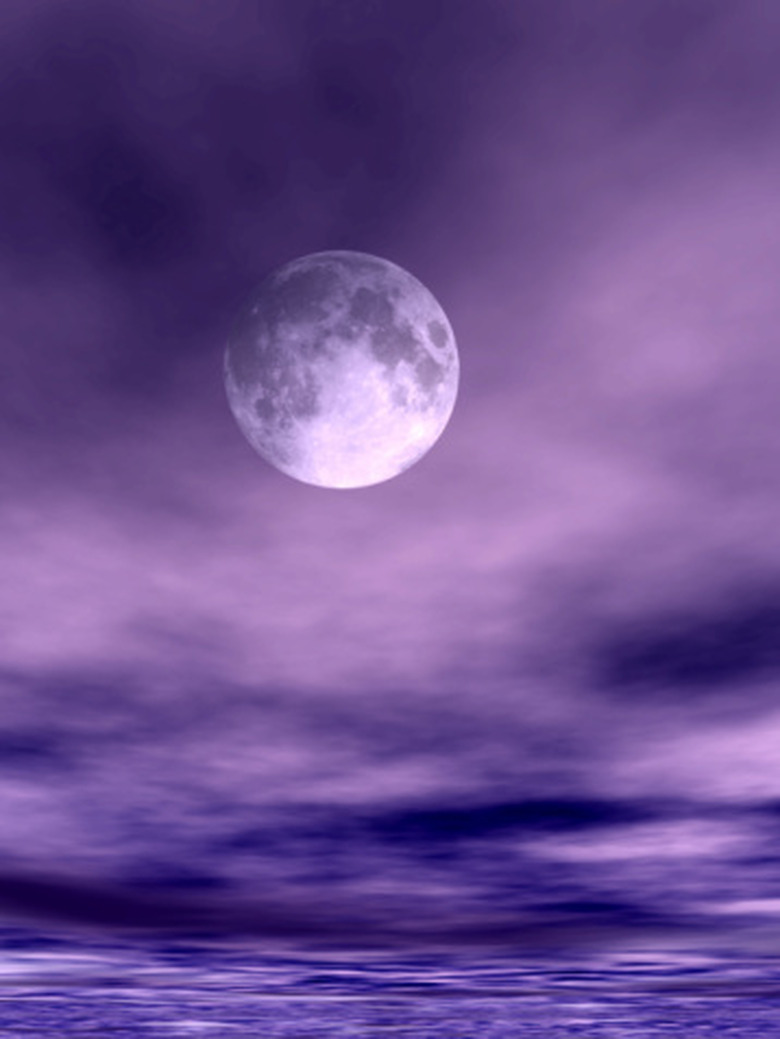How Does The Moon Affect Earth's Seasons?
The moon is approximately 384,403 km from Earth and travels around Earth every 27 1/3 days beginning as the new moon and ending as a full moon. The moon affects the daily ebb and flow of the ocean tides. But that is not all the moon influences. The moon also affects the seasons and temperature though the gravitational pull on the equatorial plane, North Pole and South Pole, and the rate of Earth's spin.
Equinox
Equinox
The equinox arrives twice a year and marks the days when light and dark are in equal proportion. The moon and sun are both attracted to the equatorial bulge of Earth; them trying to bring it into alignment with themselves causes Earth's axis to rotate — and the timing of the seasons is created. The spring equinox marks the first day of spring, and the fall equinox marks the first day of fall.
Equatorial Plane
Equatorial Plane
The moon's gravity is constantly pulling on the equatorial plane, trying to bring the equator in line with itself. This affects the location of Earth's equator. The equator divides Earth into the Southern Hemisphere and Northern Hemisphere; Southern Hemisphere seasons are opposite Northern Hemisphere seasons. The moon's gravitational pull affects which parts of the world experience which seasons, and when.
Poles
Poles
The North Pole and South Pole are constantly moving. The poles move along Earth's axis, and star charts must be adjusted to accommodate the shift. The moon and sun's pull on the two poles and distance from them determines when the sun will face Earth and the temperature of Earth, creating the seasons.
Spin
Spin
Earth's spin is a constant tug-of-war between the sun and moon. Not only does this cause Earth's spin, but since the pull of the sun and moon are not equal, these elements are constantly changing the spin rate. The spin rate creates the calendar and the speed at which the temperature changes.
Cite This Article
MLA
Maier, Veronica. "How Does The Moon Affect Earth's Seasons?" sciencing.com, https://www.sciencing.com/moon-affect-earths-seasons-8678293/. 24 April 2017.
APA
Maier, Veronica. (2017, April 24). How Does The Moon Affect Earth's Seasons?. sciencing.com. Retrieved from https://www.sciencing.com/moon-affect-earths-seasons-8678293/
Chicago
Maier, Veronica. How Does The Moon Affect Earth's Seasons? last modified March 24, 2022. https://www.sciencing.com/moon-affect-earths-seasons-8678293/
